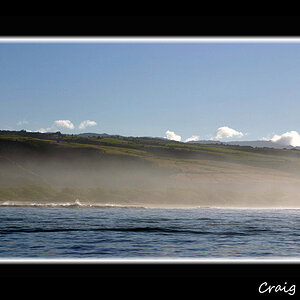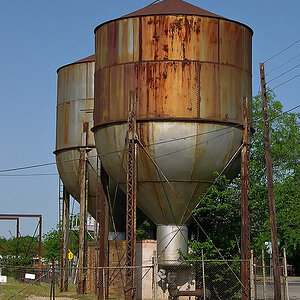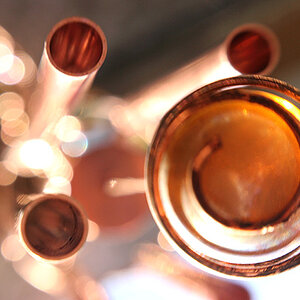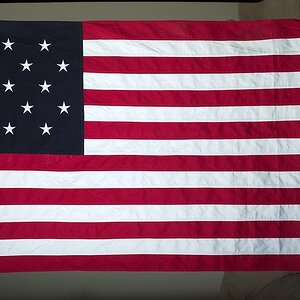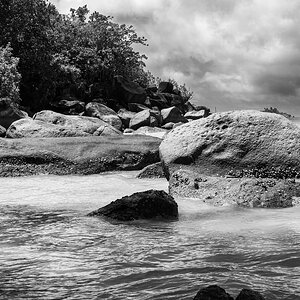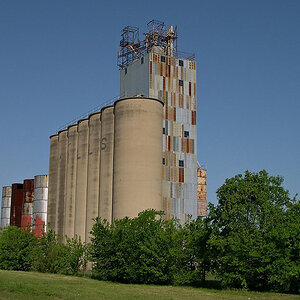hombredelmar
No longer a newbie, moving up!
- Joined
- Apr 3, 2014
- Messages
- 358
- Reaction score
- 26
- Location
- NY
- Can others edit my Photos
- Photos NOT OK to edit
Sometimes I shoot landscapes/beaches/city and I always have the top part of my photo overexposed and the bottom of the picture is under exposed. I also know that soft ND graduated filters come in increments 0.3, 0.6, 0.9 and so on, they also come of different material and shape (construction)
My main question is how to select the right strength ????? Even though I understand that the strongest the sun the darker the top part of the filter should be.
I would appreciate any information/links/opinion/photo samples
Many thanks!!!
My main question is how to select the right strength ????? Even though I understand that the strongest the sun the darker the top part of the filter should be.
I would appreciate any information/links/opinion/photo samples
Many thanks!!!



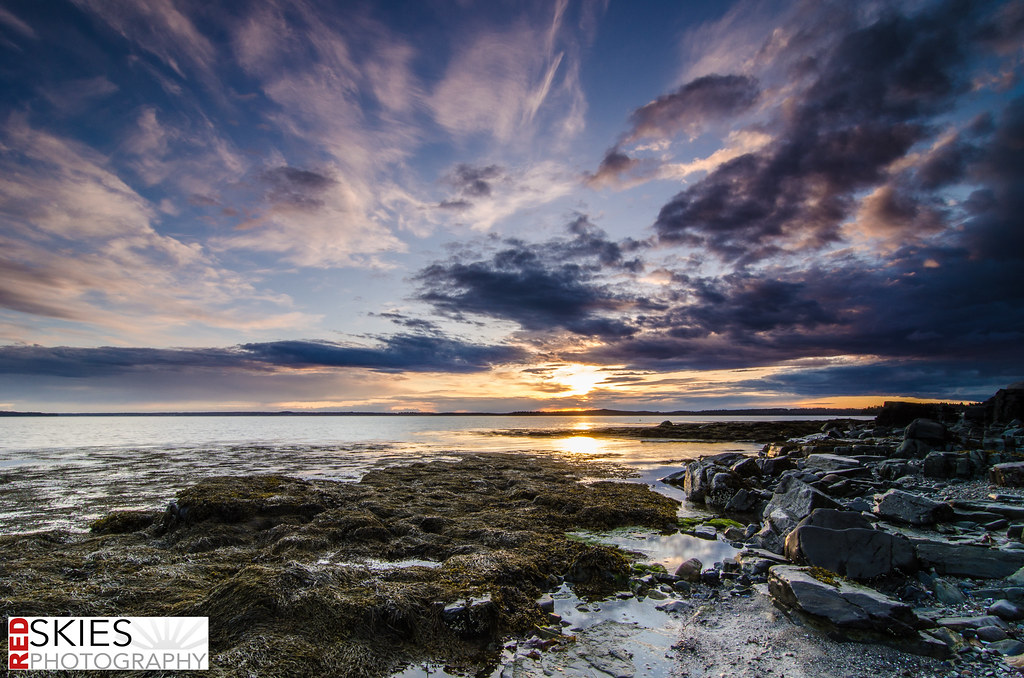
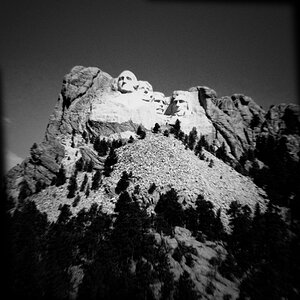

![[No title]](/data/xfmg/thumbnail/30/30870-c7febc7c14dc6447653c2ae2355ffc61.jpg?1619734488)
